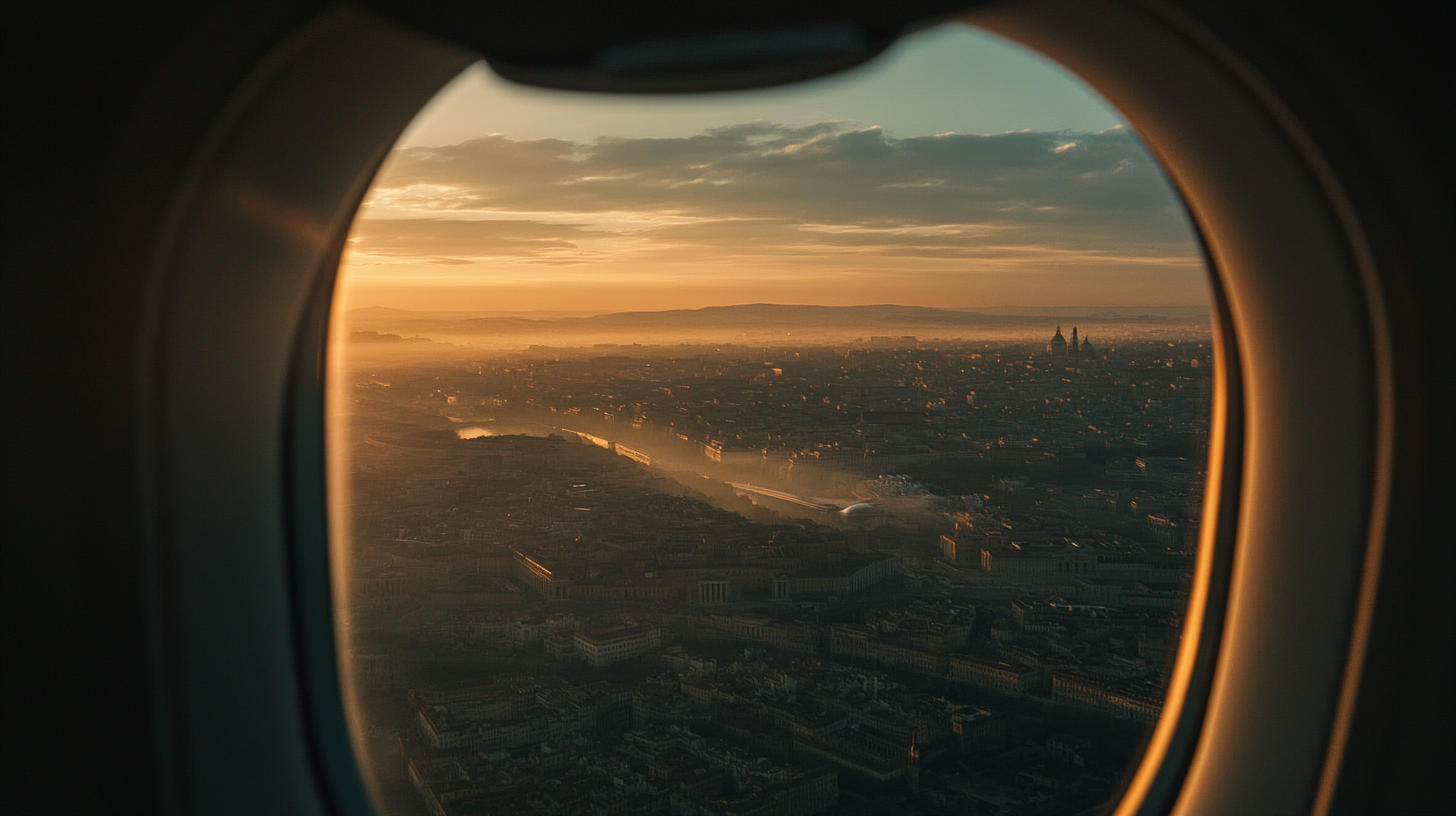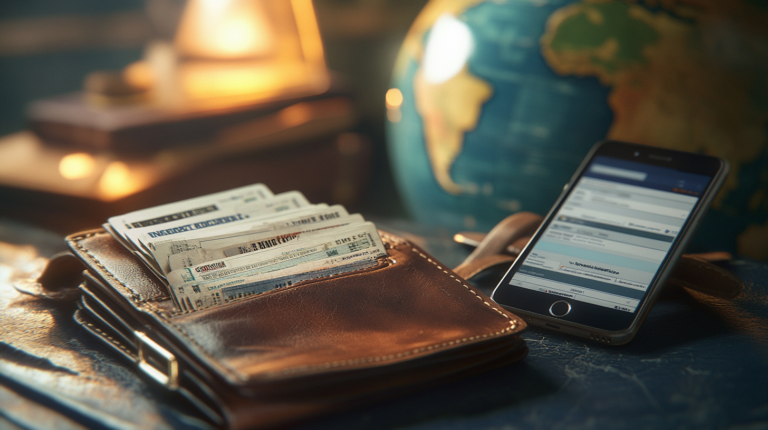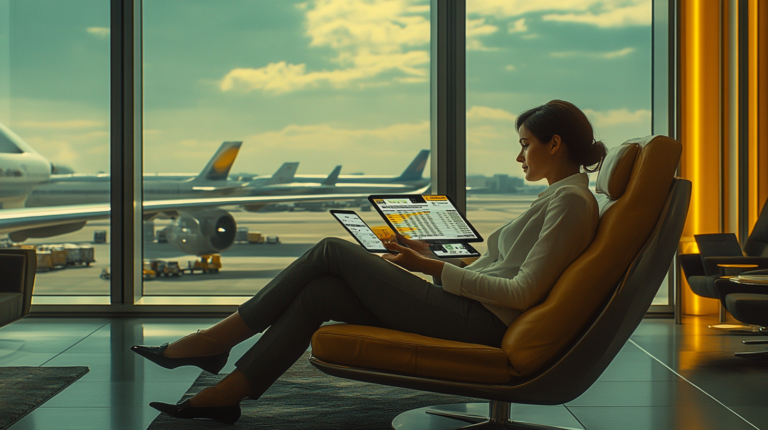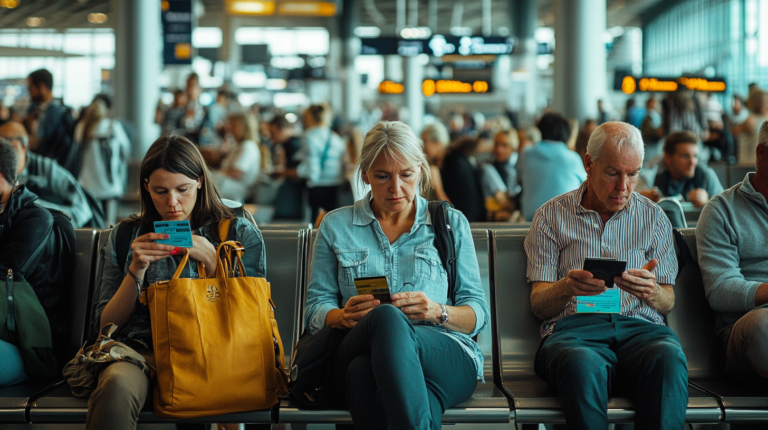Rome to Paris: The Two-Hour Flight for Savvy Flyers
I’ve always been fascinated by the ability to jump between vibrant European capitals in a matter of hours. One route that never fails to impress me is Rome to Paris—the perfect example of how modern aviation shrinks the globe. It’s not just about the convenience of a quick flight; it’s also about unlocking the best of what both cities have to offer with minimal time in transit. In my own experience, there’s nothing quite like waking up among ancient Roman ruins and ending your day with a sunset stroll along the Seine.
In 2025, travel data shows that Rome and Paris continue to rank among the top city pairs for leisure travelers. Each city boasts a unique grandeur: Rome appeals to history buffs and culinary aficionados, while Paris entices fashion lovers and art enthusiasts. Below, I break down exactly what you can expect from a two-hour flight between these iconic destinations, along with additional tips to help you maximize your time in each locale.
How Far Is Rome From Paris by Plane?

Rome and Paris are separated by about 689 miles (1,109 km) if flying in a straight line—a distance that most commercial carriers cover in roughly two hours. I’ve boarded flights on both Air France and Alitalia that landed in just under two hours, although scheduling buffers often make the official flight time around two hours and 15 minutes. According to industry data from 2024, the average cruising speed for most narrow-body jets on this route hovers around 500 mph, allowing us to zip through the skies faster than ever.
While the flight itself is short, it’s crucial to consider the broader timeline of a travel day. I’ve observed that once you factor in drive time to the airport, check-in, security lines, and boarding procedures, you’re often looking at around six hours from hotel door to hotel door. Personally, I’ve found that private jets can cut this down to roughly one hour and 53 minutes in the air, but that’s not exactly a practical option for most travelers—myself included!
A recent study suggests that the Rome–Paris route consistently ranks among Europe’s busiest short-haul flights. By selecting off-peak times or flying midweek, it’s possible to snag a surprisingly affordable fare, making that two-hour hop even more appealing. If you’re aiming to travel smarter rather than just faster, keep an eye on airline partners or code-share arrangements—your loyalty points might stretch further than you think.
Other Ways to Make the Journey

If flying isn’t your preference, or if you simply want to slow down and enjoy the scenery, there are multiple land-based options. I’ve taken the train from Rome to Paris on a few occasions when I wanted a more laid-back experience. The journey can take anywhere from 11 to 13 hours, depending on transfers and connections. Although it’s definitely slower, I appreciated the chance to see the countryside rolling by and sample regional snacks from the onboard café. According to data from Europe’s rail networks, trains between Italy and France have seen a steady increase in popularity, partly driven by eco-conscious travelers.
For road trip enthusiasts, driving spans between 880 and 928 miles, taking about 13 to 15 hours without stops. I’ve personally attempted this once—stopping in quaint Italian and French towns can transform the long haul into a memorable mini-tour. If you need to stick to a budget, buses can make the journey in around 20 hours. While that’s an entire day on the road, you gain the flexibility of last-minute bookings and a chance to catch scenic vistas without worrying about driving. In my own travels, I’ve met students and backpackers who swear by these bus routes due to their affordability and unexpected camaraderie.
Each mode of transport has its own perk. Trains let you stretch your legs and soak in the scenery, driving offers ultimate freedom, and buses are practical for cost-conscious adventurers. But if you’re like me, and time is of the essence, flying remains the gold standard for efficiency. Just double-check any baggage restrictions if you plan to sample all the culinary delights of both regions—those delightful souvenirs can add up!
When to Go for the Best Experience
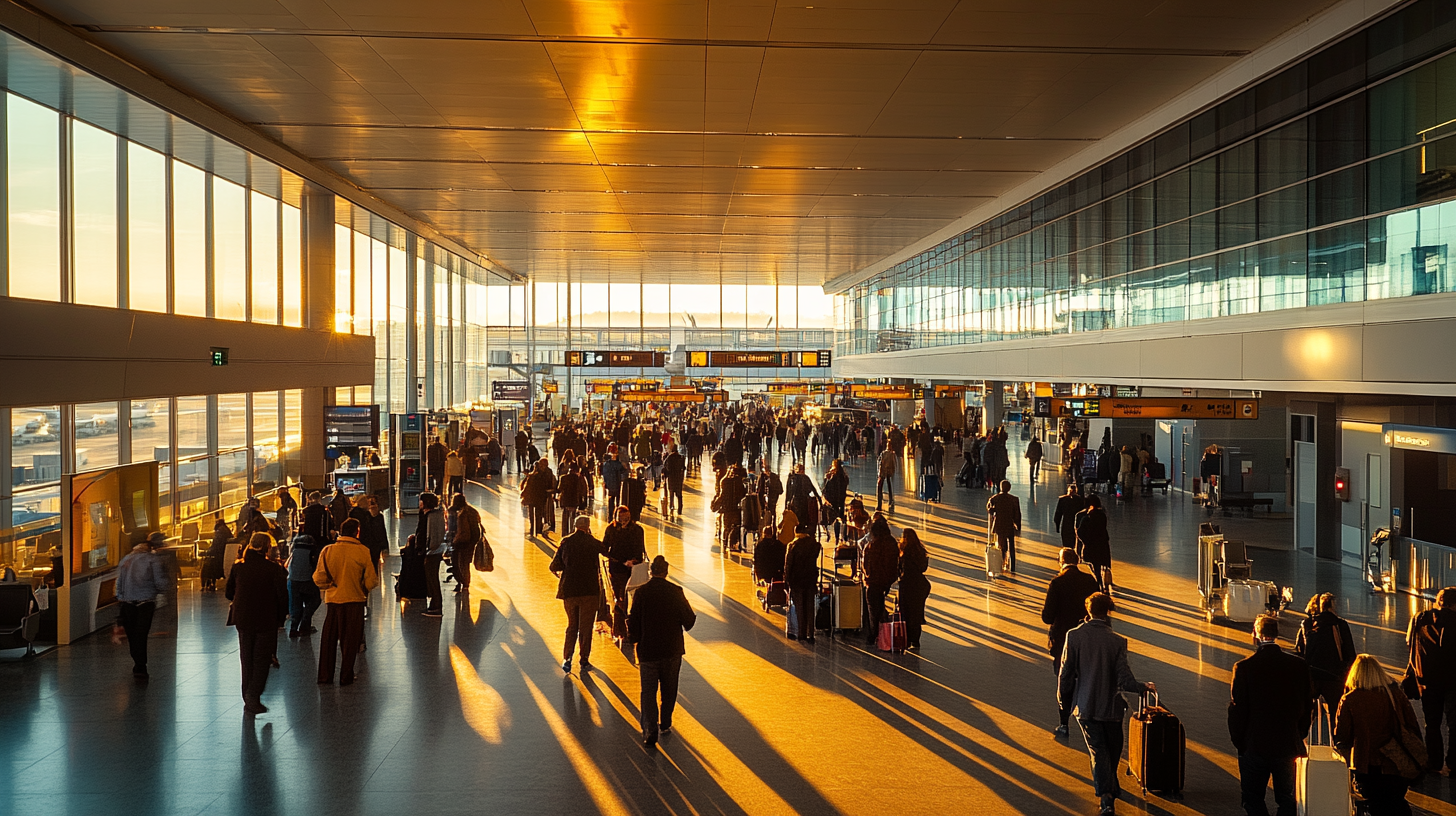
I’ve noticed through years of back-and-forth travel that the months of April through June and September through October offer the best blend of pleasant weather, fewer crowds, and decent airfare. The shoulder seasons in both Rome and Paris let you stroll around without the intense summer heat (or the corresponding tourist crush). According to a 2023 airline pricing analysis, fares during these months can dip by as much as 15% compared to peak season, especially if you’re flexible with your departure dates.
Rome can be stiflingly hot in July and August, and Paris can feel inundated with visitors, making breezy cafe afternoons a little less relaxed. That said, some folks adore the summer energy, so if you thrive in the sunshine and don’t mind paying a bit extra for flights, go right ahead. Personally, I lean toward those mild spring and fall months because the lines at major attractions, like the Colosseum or The Louvre, become more manageable, and you’re less likely to feel rushed as you explore.
If you have the liberty of working remotely, you might find that mid-week flights and lodging tend to be more favorable on the wallet. Keep in mind that holiday periods—Easter, Christmas, and New Year’s—can still be busy and pricey. My advice is to book well in advance if you’re planning to hit either city during festive celebrations, as these times sell out quickly.
Building an 8-Day Itinerary
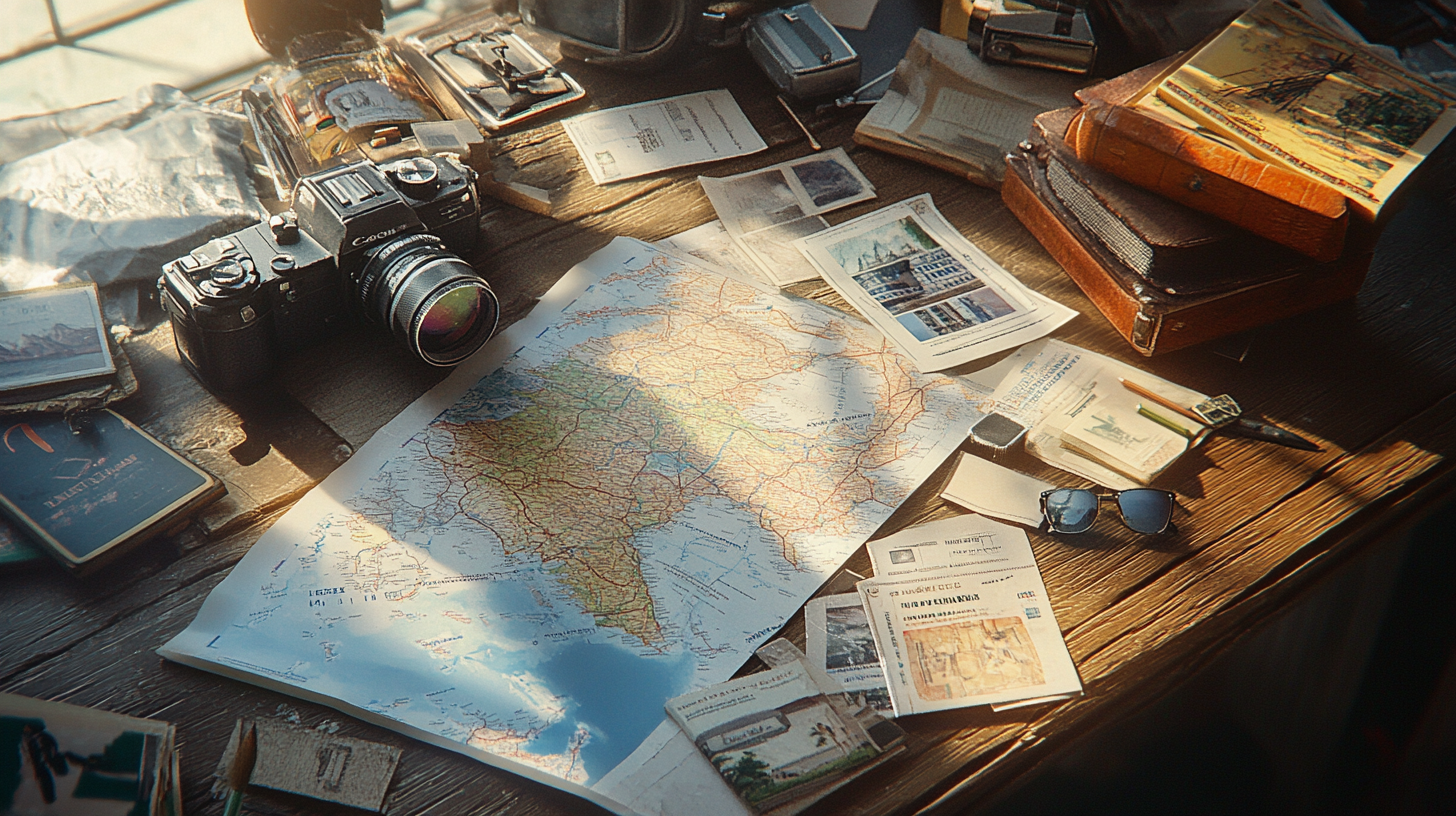
I’m often asked how to split time between these two superstar cities. A balanced plan is to spend four days in Rome and four days in Paris. In those first few days, I like to immerse myself in Roman history: touring the Roman Forum, climbing the Palatine Hill, and, of course, indulging in endless plates of pasta. One of my go-to spots for an authentic carbonara is hidden in the Trastevere district—a tip I picked up from a local friend. Trust me, it’s worth setting aside extra calories for that meal!
Once I cross over into Paris, I dive into the city’s cultural treasures: the Louvre, Musée d’Orsay, and leisurely walks through neighborhoods like Le Marais. If I have a moment, I’ll sign up for a cooking class to master a French dish or two—there’s nothing like whipping up a soufflé in the city that invented it. Meanwhile, if you’re more of a day-tripper, you might consider hopping on a TGV train for a quick escape to places like Normandy or the Champagne region. In my experience, those side journeys add a layer of depth to understanding French culture beyond the capital’s hustle.
A recent travel guide I came across suggests adding at least one food tour in each city. I wholeheartedly agree. Rome’s markets like Campo de’ Fiori and Paris’ marchés, such as the Marché Bastille, brim with local produce and artisan goods. These tours often include a knowledgeable guide who can share the story behind each bite. Ultimately, traveling is about savoring as many moments as possible—culinary delights included—so I never skip an opportunity to eat like a local.
The Bottom Line from milesBUZZ
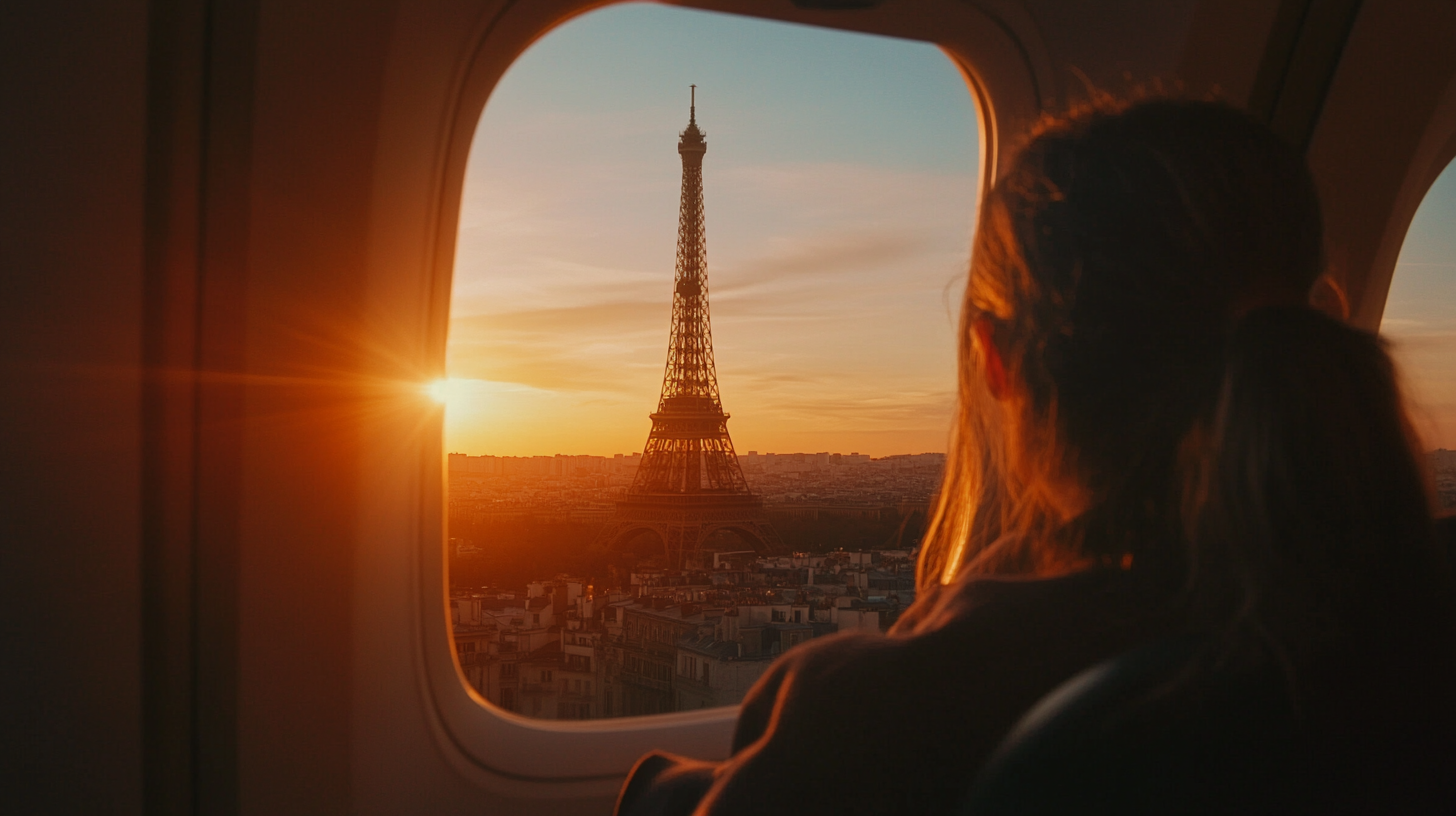
With flights clocking in at about two hours, combining Rome and Paris in a single trip is a dream come true for frequent flyers and newcomers alike. Sure, the trains and buses have their distinct charms, but I’ll always recommend flying to maximize time spent indulging in each city’s unique offerings—from admiring the Vatican’s art to strolling under the Eiffel Tower. Plus, there’s something undeniably thrilling about boarding in one metropolis and touching down in another just a short time later.
Having weighed the pros and cons of every travel mode, I believe a two-hour hop truly delivers the biggest bang for your buck. By researching off-peak seasons, keeping an eye on airline promotions, and staying flexible with your dates, you can make the most of your valuable travel time. After all, experiencing two cultural powerhouses back-to-back shouldn’t break your flight routine—or your wallet.
Final Thoughts

Crisscrossing Europe is simpler than most people imagine, and Rome to Paris remains one of those routes that feels almost magically short. You can depart The Eternal City, steeped in history and hearty cuisine, and land in the refined elegance of Paris—all before you’ve had time to finish an in-flight movie. In my view, that’s the exact kind of convenience that modern air travel promises us.
Whether you choose to go by plane, train, or automobile, the point is to stay curious and open to the journey ahead. Great memories aren’t merely about the destination; they’re born from the moments of wonder you collect along the way. My best advice? Follow your interests, try a new dish, and let the rhythm of these cities guide you.
If you’re on the fence about making the leap, consider that every trip is an opportunity to see the world from a different angle. It’s not just about the postcard highlights; it’s about the small discoveries—a hidden trattoria in Rome, a tucked-away art studio in Paris—that make each expedition worthwhile.
Barry B.’s Take
This route sums up everything I love about traveling in Europe: it’s accessible, packed with cultural variety, and undeniably exciting. I find it almost surreal that I can enjoy a leisurely morning cappuccino in Piazza Navona, then cap the evening with French wine along the Seine. At 33,000 feet, life seems more vast and interconnected than ever.
From the hearty pastas in Italy to the delicate pastries in France, there’s a kind of worldly magic in bridging these two culinary powerhouses on a single jaunt. That’s why I’m all for seizing the chance to hop on the next flight—because sometimes, the best travel stories start right after you fasten your seatbelt.

